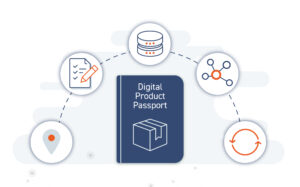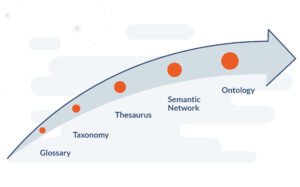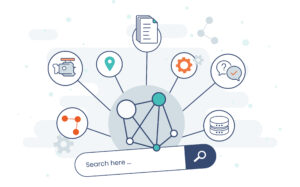Article
Topic orientation in technical communication
Technical communication faces the challenge of conveying complex information clearly and comprehensibly. Traditionally, information is organized in comprehensive, coherent documents. Each document deals with a variety of topics that are often presented in a linear structure. Changes and updates often require searching and revising the entire document, which can be time-consuming and error-prone. It also raises the question of whether users really always need an entire document or just parts of the document.
The switch from a document-based to a topic-oriented approach in technical communication brings with it far-reaching changes that offer numerous advantages.
But what exactly is behind this concept of topic orientation and why is it so useful for technical communication?
What are topics?
Topics are small, self-contained units of information in technical communication. They deal with a specific topic or answer a specific question. For example, a topic can be an instruction on how to operate a device, an explanation of a concept or technical data. Topics can be created, updated and reused independently of each other.
There are a few criteria for topics that should be taken into account when creating them.
- Coherent: Is the content of the topic coherent?
- Cohesive: Do linguistic means in a topic not refer beyond the topic?
- Informative: Does the topic provide valuable information?
- Situational: Is the topic relevant in the context of the action?
- Intertextual: Can the topic be linked to other topics?

From document to topic
Topic orientation is the methodical approach in which the entire documentation is divided into individual topics. Instead of creating long, coherent texts, the content is broken down into small, specialized units. These units can then be compiled, reorganized and published in different formats as required.
Topic orientation offers the following advantages for technical editors:
- Reusability: once created, topics can be reused in different documentation and contexts.
- Consistency: For each topic type, there are clear rules on how it must be structured and formulated.
- Flexibility: Topics can be easily reorganized and adapted to meet the specific requirements of different target groups and publication channels (web, print, mobile).
- Updating: Changes only need to be made once in a topic and are immediately effective in all documents that use this topic.
- Targeted information: Content can be tailored to the needs of the respective target group.
- Scalability: As the amount of information grows, the documentation remains clear and well-structured.
The role of metadata
Ready for the future
We will be happy to inform you regularly about new articles.

DPP in practice: How the digital product passport is becoming the driving force behind the information hub
To prevent the digital product passport from becoming yet another data container, companies need to rethink their information strategy.

Meaning of semantics in technical communication.
“Today, semantics is frequently discussed, especially in connection with terms like ‘Semantic Web’ or ‘Semantic Knowledge Management.’ But what exactly does semantics mean, and how relevant is it for technical documentation?”

Knowledge Graphs in Technical Communication: Definition, Use and Benefits
Knowledge graphs virtualize and connect information that exists in information silos in structured and unstructured forms.
Contact us
Prof. Dr. Martin Ley
Partner and Principal Consultant
- martin.ley@pantopix.com
